Choosing Slow Fashion With Vintage Kimono-Dress Maker Lia
Japan-Based, Melbourne-Inspired Clothing Label Tokyo Kaleidoscope
Melbourne-born business graduate and sustainable fashion advocate Lia found an unexpected resource for her budding clothing label when she arrived in Japan: kimono.
Despite her general disinterest in Japanese clothing, which she found too “girly,” Lia saw the potential of using the colorful patterns in Japan’s national dress to make one-of-a-kind outfits for ladies. With the gem of an idea and a passion to create slow fashion that leaves a limited impact on the environment, Tokyo Kaleidoscope was born.
As Lia marks 10 years since her dream began, Savvy Tokyo caught up with her to find out more about her label and how it came to fruition as well as her future plans.
Can you tell us about Tokyo Kaleidoscope?
Tokyo Kaleidoscope is a boutique sustainable slow fashion label that reconstructs vintage kimonos into bespoke designs. I utilize as much of the fabric as possible in each piece in a process I have coined “fabric origami.” I incorporate pleating, to fold away the fabric, and give larger seam allowances. My technique results in minimal waste and allows the piece to be altered in the future or for the fabric to be reused.
What inspired you to set up the platform?
It all began in my university days. I was required to graduate with a business idea, so I planned to launch a sustainable fashion brand in Japan using natural fabrics like silks, linen, and cashmere. But when I arrived in Japan, I saw how much waste there was in fashion and decided I didn’t want to go down that route.
One day I stumbled upon a stall selling vintage kimonos. I had an event that night and decided to use my pattern making skills to create an outfit from one of the kimonos.
I missed the dynamics of Australian fashion: there’s something so free and confident about it, but the kimonos filled the gap
The vintage kimonos had a lot more of the vibrant colors and prints that I love so I saw the potential of using them as a resource for the platform. I’m not a big fan of the everyday fashion I found here in Tokyo; it was a bit too girly and frilly for my liking. I missed the dynamics of Australian fashion: there’s something so free and confident about it, but the kimonos filled the gap.
I started offering a bespoke service to create pieces that individuals wanted, rather than create a larger production line and have items just sitting around. This approach allowed me to develop a more personal relationship with clients, which I think can be lacking in the current climate of online shopping. There’s something so lovely about getting to know an individual and hearing their stories.
What have been the best parts of running the business?
One of the loveliest aspects is seeing how individuals have discovered my work and fallen in love with it. When I have a bad day, as we all do, it really makes all the difference.
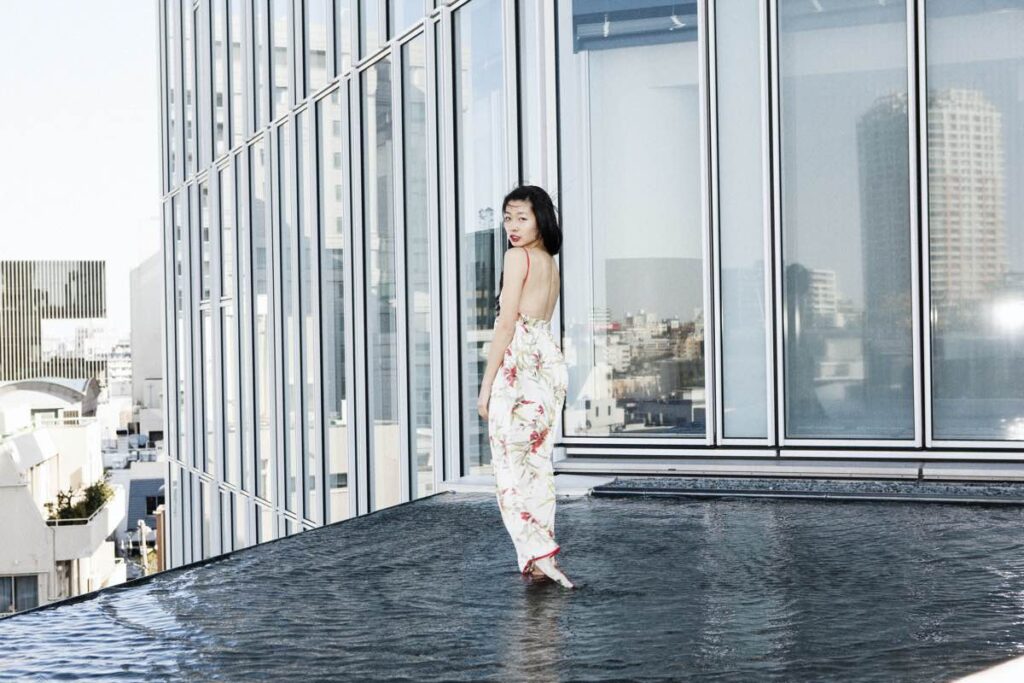 © Photo by Fabian Parkes
© Photo by Fabian Parkes
And the most difficult aspects?
I have been striving towards Tokyo Kaleidoscope for the past 10 years. It has become a more serious endeavor in the past 4–5 years. It was hard to work in multiple jobs whilst growing it organically and a couple of years after I made the first dress and thought I could make it a business, I had to take a step back and reevaluate if it was what I really wanted.
I had become kind of cynical and downtrodden as I had gone down the typical route into the fashion industry, forging contacts, and meetings. But there was bureaucracy and some blatant sexism. Some men in the industry who were interested in what I was doing even propositioned me at a meeting. I was in my early 20s and had just moved to Japan, not knowing anyone or speaking the language and I became disenchanted with it all. So I took a step back, traveled a bit, had a normal job, and realized that creating Tokyo Kaleidoscope was still something I wanted to do but I was going to do it my way—following the bespoke model.
What sparked your interest in Japan?
I always wanted to live overseas, and I originally thought of London because I wanted to see Europe. My parents met and married there, and my older brother was born there. However, my parents shot down that idea by pointing out that I could barely stand a Melbourne winter and a London winter is much worse. I thought that’s fair—I hate the cold.
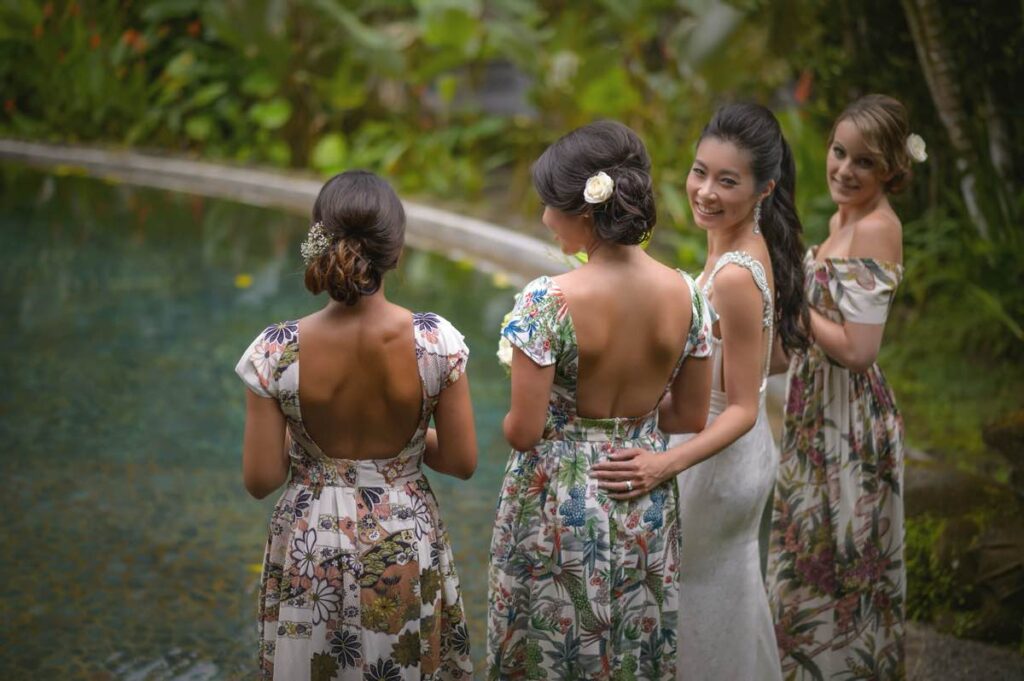 © Photo by 37 Frames
© Photo by 37 Frames
I had visited Japan twice prior to moving here and really enjoyed it. Plus, I love Japanese food! So, I thought I could live here. Also, my mother always dressed me in natural fabrics as a child because I had eczema all over my body. When I researched the idea of developing a fashion label using natural fabrics while at university, I discovered Japan has one of the highest rates of eczema in the world so I thought of moving to Japan to see what I could discover.
What is your next challenge or adventure?
Early next year, I’m going to release a limited ready-to-wear capsule line of maxi shirt dresses, which will fit a larger range of sizes. The waistline will be around 85 cm, allowing the individual to simply cinch in the look with a long sash. What I love about the design is that it uses almost the entire kimono, so no one else will have the same shirt dress. Each shirt dress will come with a matching tote bag made from the remaining kimono fabric as well. I also hope to expand the bespoke element of Tokyo Kaleidoscope by introducing bespoke men’s short-sleeve shirts, too.
There’s something so lovely about getting to know an individual and hearing their stories.
Adventure-wise, I hope to travel again. I had a trip to Eastern Europe planned for this summer which didn’t happen. I’d love to visit there next year and be able to visit my hometown of Melbourne where I was meant to be this Christmas. So far, this year’s adventures have been about exploring more unknown places in Japan.
What do you do when you’re not working?
If I’m not working on Tokyo Kaleidoscope, I’m working on my Ryokan Wanderings blog, which documents various prefectures and ryokans I’ve stayed at. These generally have a private onsen in the room. It’s hard to find information about ryokans with private onsen in English so I thought that this blog would document my experiences and give me another creative outlet other than sewing. My plan is to add details of minshuku [guesthouses] that I’ve stayed at across Japan.
Apart from work, I enjoy simply finding a moment to sit down and read, or cycle around my local area, stopping at vintage shops, little boutiques, and so on.
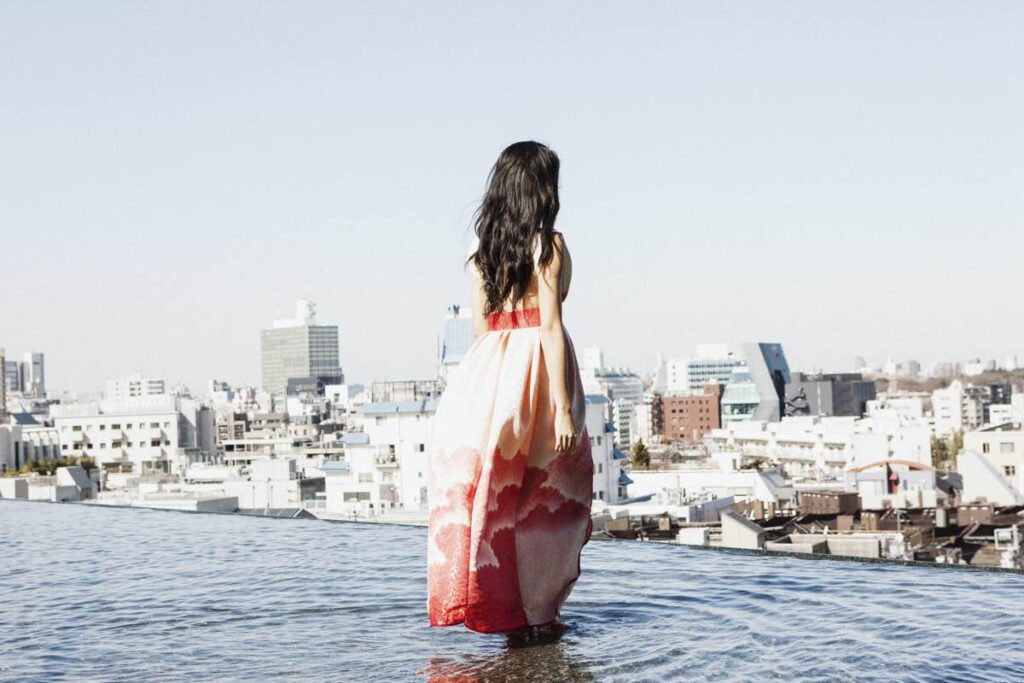 © Photo by Fabian Parkes
© Photo by Fabian Parkes
Savvy Spotlight is a monthly feature introducing foreign and Japanese women at the frontline of what’s successful, contributing, cool, unique and interesting in the city. If you have anyone in mind you would like us to interview, leave us a comment below with your recommendations!













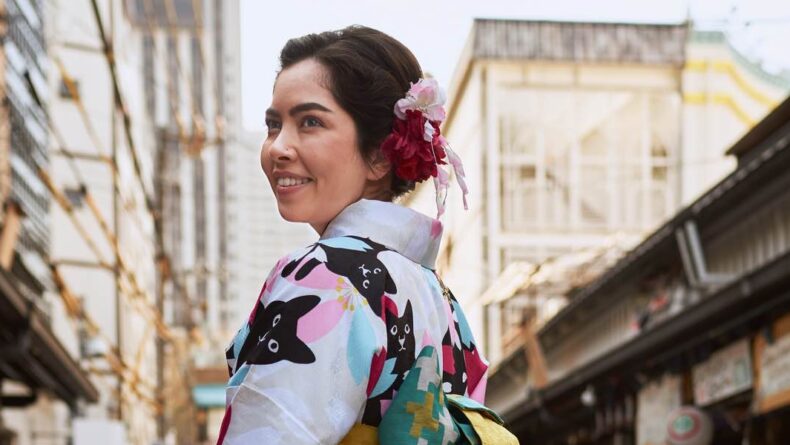
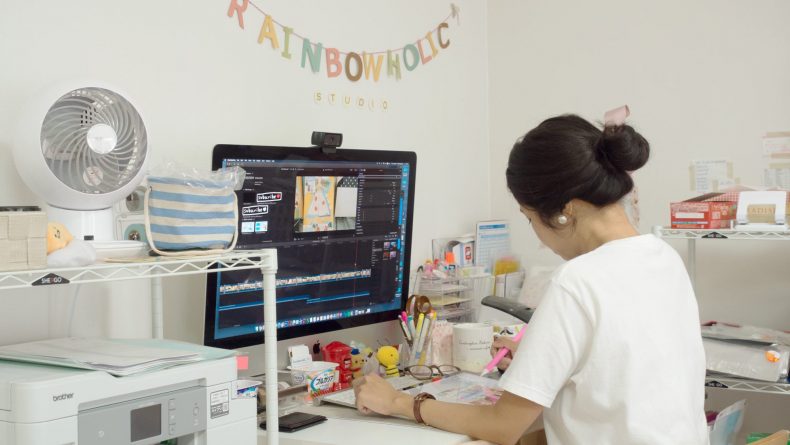
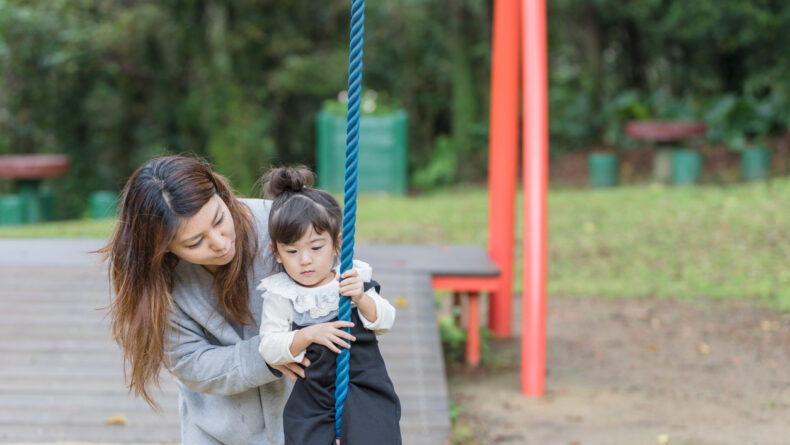

Leave a Reply